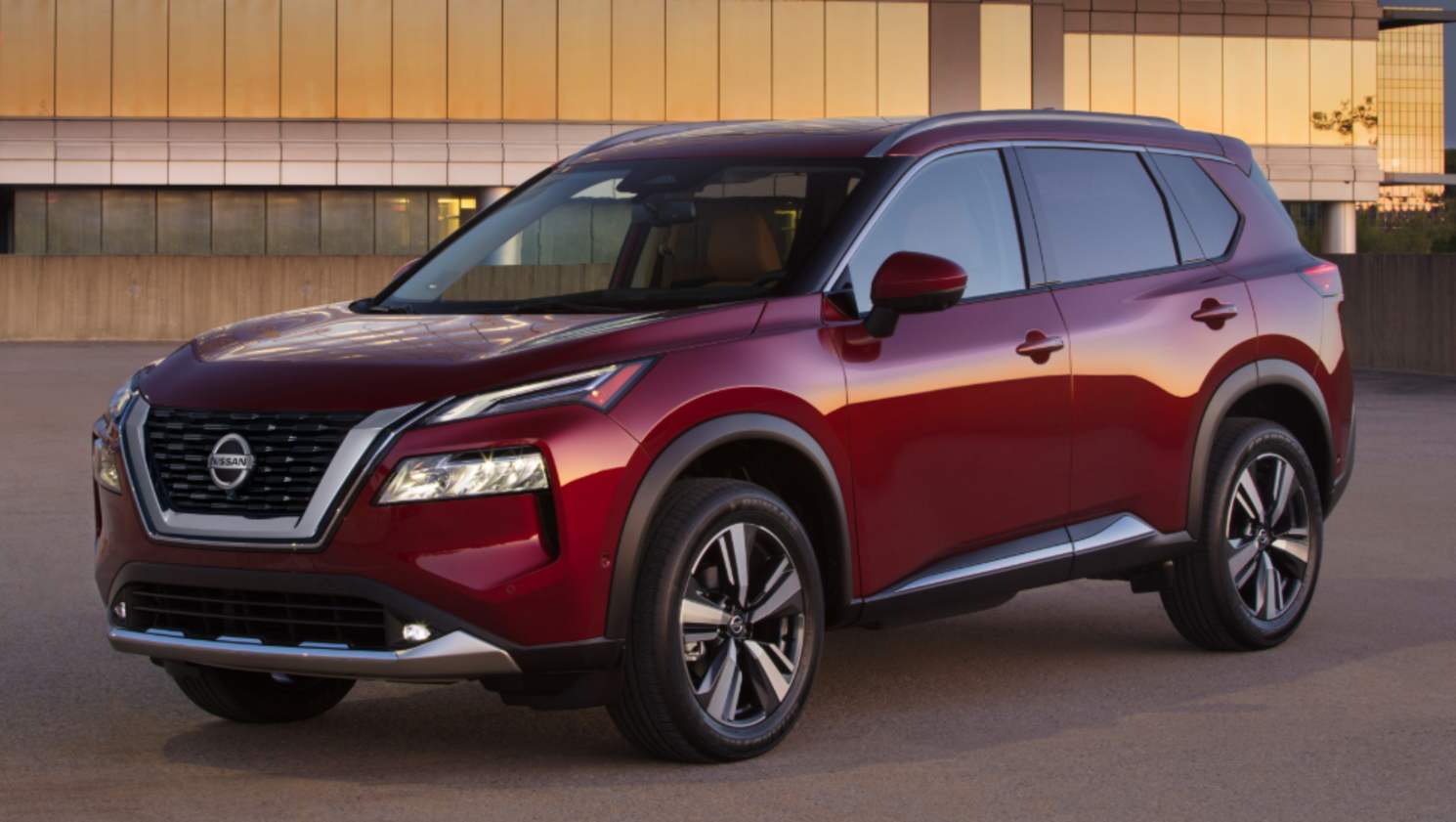Far from watching helplessly from the sidelines, Nissan is preparing to take on the hot-selling Toyota RAV4 Hybrid with its own petrol-electric version of the next-generation X-Trail, known as the e-Power.
Expected to go on sale in Australia towards the end of next year or in early 2022, the fourth version of the evergreen mid-size SUV will be the first of a slew of e-Power hybrid-motivated Nissans, with the next-gen Qashqai and even a variation of the latest Juke small SUV also in line for electrification.
All up, Nissan Australia is aiming to offer a full one-third of its model range with either e-Power or full electrification within the next three years.
“e-Power will certainly be in quite a few of our models,” according to Nissan Australia managing director Stephen Lester, speaking to CarsGuide at the launch of the Nissan MY21 Navara facelift in Melbourne earlier this month.
“There’s not much limitation in what or where or how e-Power can be used.
“And as we’ve said in our midterm plan (Nissan’s global roadmap for the next three years released in June), we expect to have 30 per cent of our portfolio with electrified power, and e-Power gives us full electric to the wheels experience, in addition to potentially some other fully electrified product.
“We’ve got a number currently today on Australian shores that are well suited for e-Power.”
To recap, e-Power is Nissan’s proprietary hybrid system whereby an electric motor solely drives the wheels, while an internal-combustion engine (ICE) only ever recharges a battery pack that is larger than, say Toyota’s series-parallel hybrid battery but smaller than that used in an all-electric vehicle (EV).
Besides being comparatively inexpensive, e-Power doesn’t have anything to plug in, and is said to be some 50 per cent more fuel efficient than a comparable ICE.
Along with e-Power versions of the X-Trail, Qashqai and Juke, it is anticipated that the next-generation version of the Note small hatchback with e-Power is under investigation for 2022, while on the full EV front, Nissan is preparing to expand the Leaf range with more variants, has the Ariya EV SUV to consider, and may even be developing another, smaller EV SUV/crossover further down the track.
While acknowledging the barriers that it has helped take down since launching so successfully in mid-2019, Mr Lester is adamant the Toyota RAV4 Hybrid’s relentless march up the sales charts is simply serving a market that is ready and waiting for electrification.
“We already know it is there,” he said. “The only thing (the RAV4 Hybrid) has done is that it’s further validated what we are doing.”
Mr Lester believes that demand will grow significantly if more carmakers join Nissan in importing hybrids and EVs into Australia – as the example of the RAV4 Hybrid’s historical number-one sales achievement in August proves.
“The reality for electrification is that until there is a group of all manufacturers delivering enough choice, there is no compelling proposition collectively for consumers to move en-masse to electrification – that’s an inevitability for every product that’s out there,” he said.
“Beer sales wold drop to zero if you offered just one choice per brand – yet there is proliferation. Everything would change without choice – there is no doubt about that. So, as one brand, we need to continue to diversify our range of choice for consumers, to attract more people in, and when that happens, you’ll see that takes off. And it moves quite quickly. And a good portion of people need to be on that train. Without that, none of those technologies will really move that far forward.
“Two years ago, if I was to tell you that the bestselling car in Australia in August would be a hybrid, you would have laughed me out of the room. Two years, that’s all it took (for RAV4 Hybrid to hit number one).”
Finally, Mr Lester reckons that people must realise that offering an EV or hybrid does not automatically mean the end of petrol- or diesel-powered vehicles, but rather gives the consumer more options.
“The thing about EVs are they’re not like an either/or choice,” he explained. “It’s a thing we are struggling with unnecessarily. It’s an additional vehicle. It’s an additional powertrain. And for a lot of consumers, it’s already there… it hasn’t gotten quite 100 per cent, because it’s still not quite there, but it will continue (to grow) over time…
“And we’ll see it get to the point where in the not-too-distant future, people will expect (the choice of electrification).”





.jpg)

.jpg)


_0.jpg)
 (1).jpg)

.jpg)
.jpg)


.jpg)
.jpg)
_0.jpg)


.jpg)
.jpg)

.jpg)



